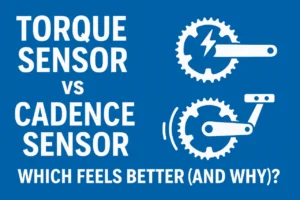
Torque Sensor vs Cadence Sensor: Which Feels Better (And Why)?
Torque sensor vs cadence sensor—what’s the real difference? Compare ride feel, hills, stop-and-go commuting, and range to choose the right assist style.
E-Bike Learn is your beginner-friendly knowledge hub for understanding how e-bikes work and how to choose the right setup. We break down motors, sensors (torque vs cadence), classes and speed limits, brakes, tires, gearing, and key specs—so you can make confident decisions and avoid common mistakes before you buy or upgrade.

Torque sensor vs cadence sensor—what’s the real difference? Compare ride feel, hills, stop-and-go commuting, and range to choose the right assist style.

Learn how to read e-bike battery specs: Wh, volts, amps and C-rate—so you can cut through marketing claims, estimate real-world range and buy with confidence.

Left your e-bike in storage and now the battery won’t charge? This safety-first guide shows how to wake it up, stay fire-safe, and avoid dead packs next season.
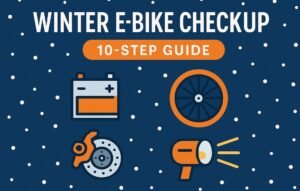
Get your e-bike winter-ready with a 10-step checkup: battery care, tire grip, brake refresh, brighter lights, salt-proof cleaning, and range-saving tips.
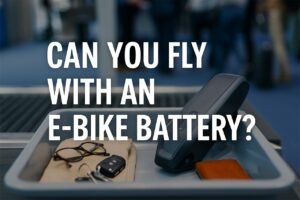
Wondering if you can fly with an e-bike battery? We explain FAA limits, airline policies, packing steps, and smart alternatives like shipping or renting.
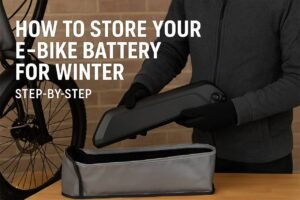
Learn how to store your e-bike battery for winter: ideal charge, safe storage, monthly checks, and a spring wake-up that protects range and extends life.
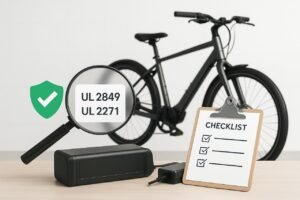
Confirm a UL-certified e-bike and battery—what labels to find, how to use UL Product iQ, NYC rules, red-flag checks, and step-by-step proof you can trust.
![[year] E-Bike Rebates & Incentives: US, Canada, UK & EU (Updated Guide) 2025 E-Bike Rebates Explained: Where to Apply and How to Max Your Savings](https://goebikelife.com/wp-content/uploads/2025/09/E-Bike-Rebates-Explained-300x200.jpg)
Cut the cost of a new e-bike with our 2025 rebates guide. See US, Canada, UK & EU programs, eligibility rules, deadlines, and smart ways to stack savings.
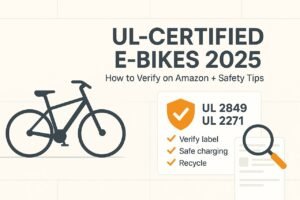
What UL 2849/2271 mean, how to verify claims on Amazon, and safer e-bike picks—plus charging, recall and recycling tips to ride smarter in 2025 worldwide.

Wondering if you need a license for an electric bike? Learn US e-bike classes, state and local rules, key exceptions, and when dirt bikes require licensing.

From materials to geometry and mounts, this guide demystifies ebike frames so you pick the right fit, integrate motor/battery smartly, and ride safer, longer.

Your ebike battery maintenance checklist: balancing, safe charging, ideal temps, and storage. Prevent range fade and ride worry-free.
![The 10-Step Checklist Before Buying Your First E-Bike: A Beginner’s Guide ([year]) Checklist Before Buying Your First E-Bike](https://goebikelife.com/wp-content/uploads/2025/06/Checklist-Before-Buying-Your-First-E-Bike-300x200.jpg)
Use this essential checklist before buying your first e-bike and make a smart, safe investment! View now.
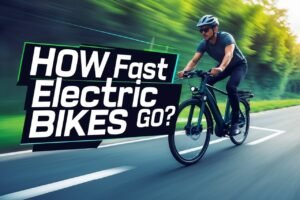
Wondering how fast do electric bikes go? From 15 to 50 mph, learn what drives e-bike speed in our deep dive.
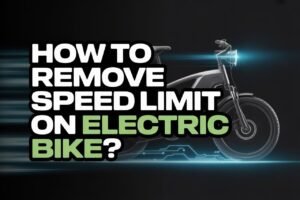
Learn how to remove speed limit on electric bike with wire, software, or tuning-kit methods—plus key legal/safety checks, testing steps, and safer alternatives.
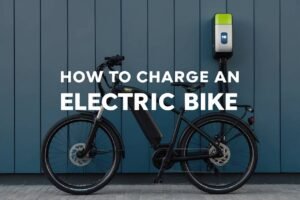
Discover how to charge an electric bike like a pro! Follow our 5 simple steps to keep your battery in top shape.

Learn how to ride an electric bike safely and enjoy your ride with our beginner-friendly, practical, and fun guide!
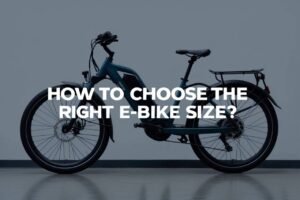
Struggling with e-bike sizing? Our Electric Bike Size Guide breaks down everything you need for a safe and comfortable ride.
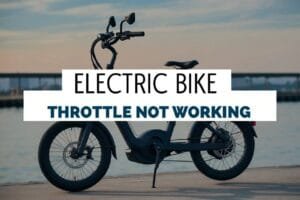
E-bike throttle won’t work? Discover how to diagnose and fix it yourself—battery, sensors, and all. Keep riding without hassle.
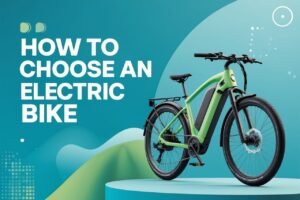
Ready to ride? Learn how to choose an electric bike with our expert tips on types, batteries, and test rides.